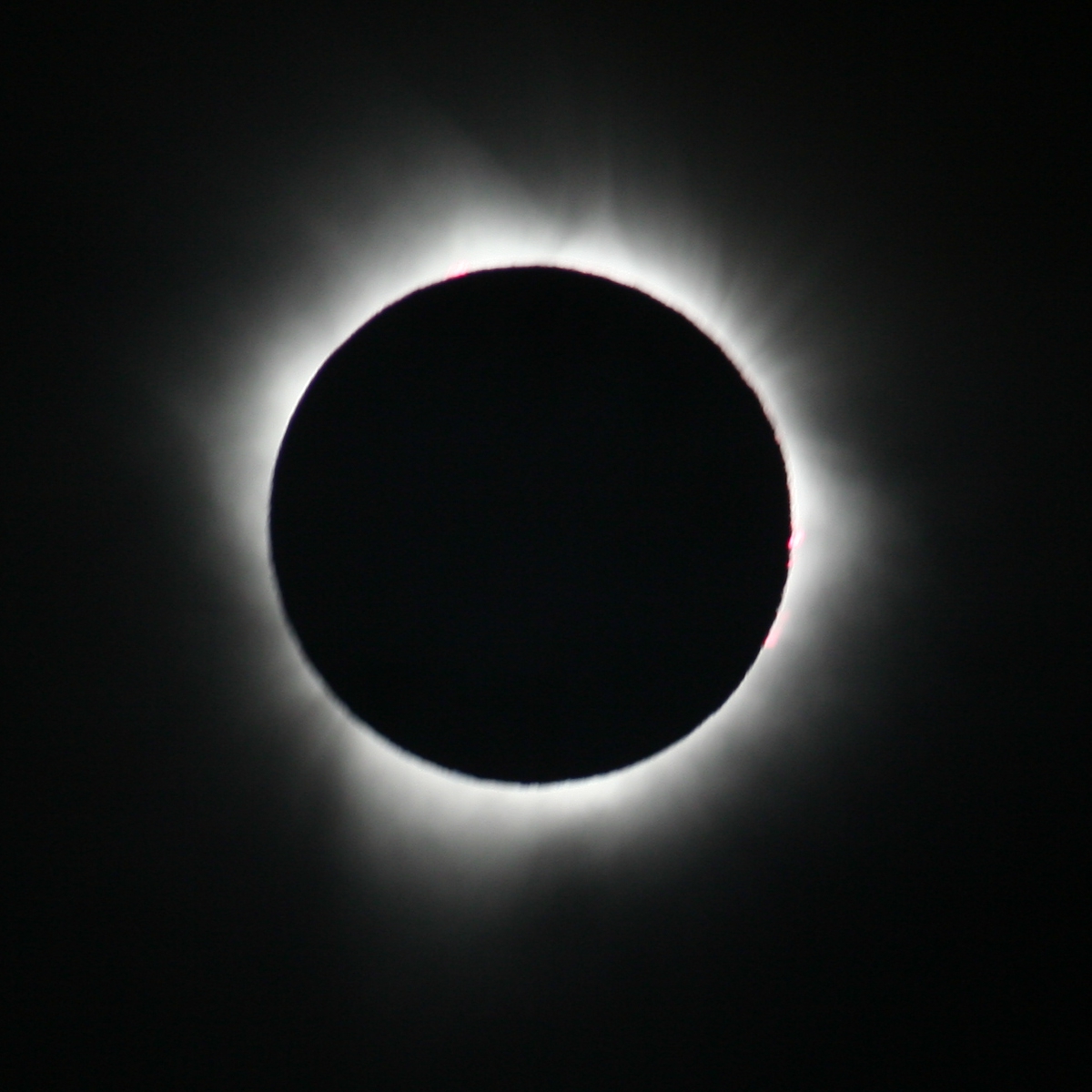Solar Saros 146 on:
[Wikipedia]
[Google]
[Amazon]


Saros cycle 146 - Information and visualization
{{Solar eclipses Solar saros series

Saros cycle
The saros () is a period of exactly 223 synodic months, 18 years 11 days and 8 hours, that can be used to predict eclipses of the Sun and Moon. One saros period after an eclipse, the Sun, Earth, and Moon return to approximately the same relative g ...
series 146 for solar eclipse
A solar eclipse occurs when the Moon passes between Earth and the Sun, thereby obscuring the view of the Sun from a small part of Earth, totally or partially. Such an alignment occurs approximately every six months, during the eclipse season i ...
s occurs at the Moon's descending node
In general, a node is a localized swelling (a "knot") or a point of intersection (a vertex).
Node may refer to:
In mathematics
* Vertex (graph theory), a vertex in a mathematical graph
*Vertex (geometry), a point where two or more curves, lines ...
, repeating every 18 years, 11 days, containing 76 eclipses, 41 of which are umbral (13 annular, 4 hybrid, and 24 total). The first eclipse of the series was on 19 September 1541 and the last will be on 29 December 2893. The most recent eclipse was a total eclipse on 11 July 2010 and the next will be a total eclipse on 22 July 2028.
The longest duration of totality was 5 minutes 21 seconds on 30 June 1992 and the longest annular eclipse will be 3 minutes 30 seconds on 10 August 2659.
Umbral eclipses began with a series of total eclipses from 29 May 1938 through 7 October 2154, followed by hybrid eclipses from 17 October 2172 to 20 November 2226, and finally annular eclipses from 30 November 2244 through 10 August 2659.
Umbral eclipses
Umbral eclipses (annular, total and hybrid) can be further classified as either: 1) Central (two limits), 2) Central (one limit) or 3) Non-Central (one limit). The statistical distribution of these classes in Saros series 146 appears in the following table.All eclipses
Note: Dates are given in theJulian calendar
The Julian calendar is a solar calendar of 365 days in every year with an additional leap day every fourth year (without exception). The Julian calendar is still used as a religious calendar in parts of the Eastern Orthodox Church and in parts ...
prior to 15 October 1582, and in the Gregorian calendar
The Gregorian calendar is the calendar used in most parts of the world. It went into effect in October 1582 following the papal bull issued by Pope Gregory XIII, which introduced it as a modification of, and replacement for, the Julian cale ...
after that.
Notes
References
* http://eclipse.gsfc.nasa.gov/SEsaros/SEsaros146.htmlExternal links
Saros cycle 146 - Information and visualization
{{Solar eclipses Solar saros series